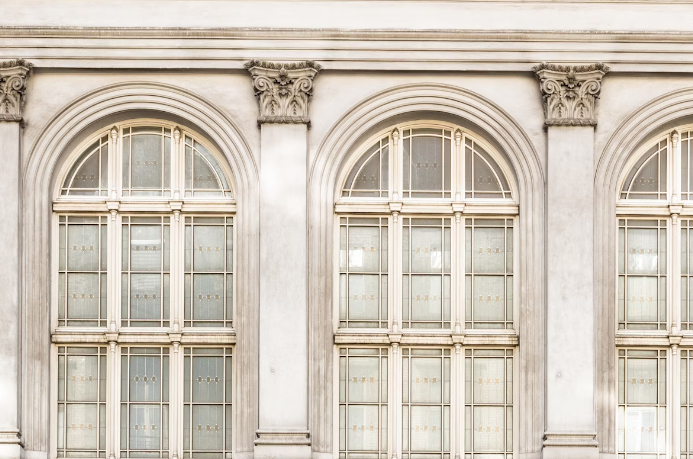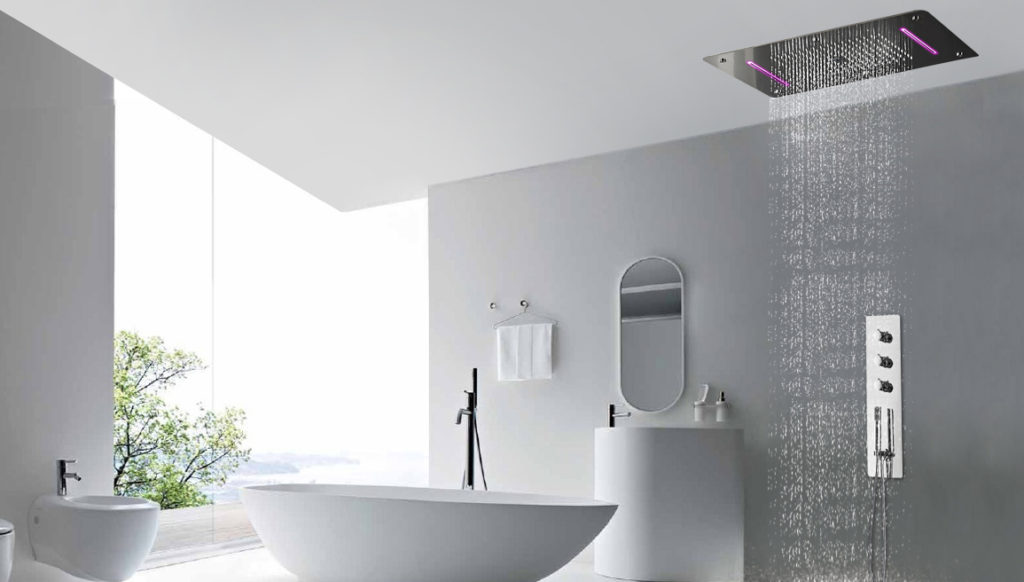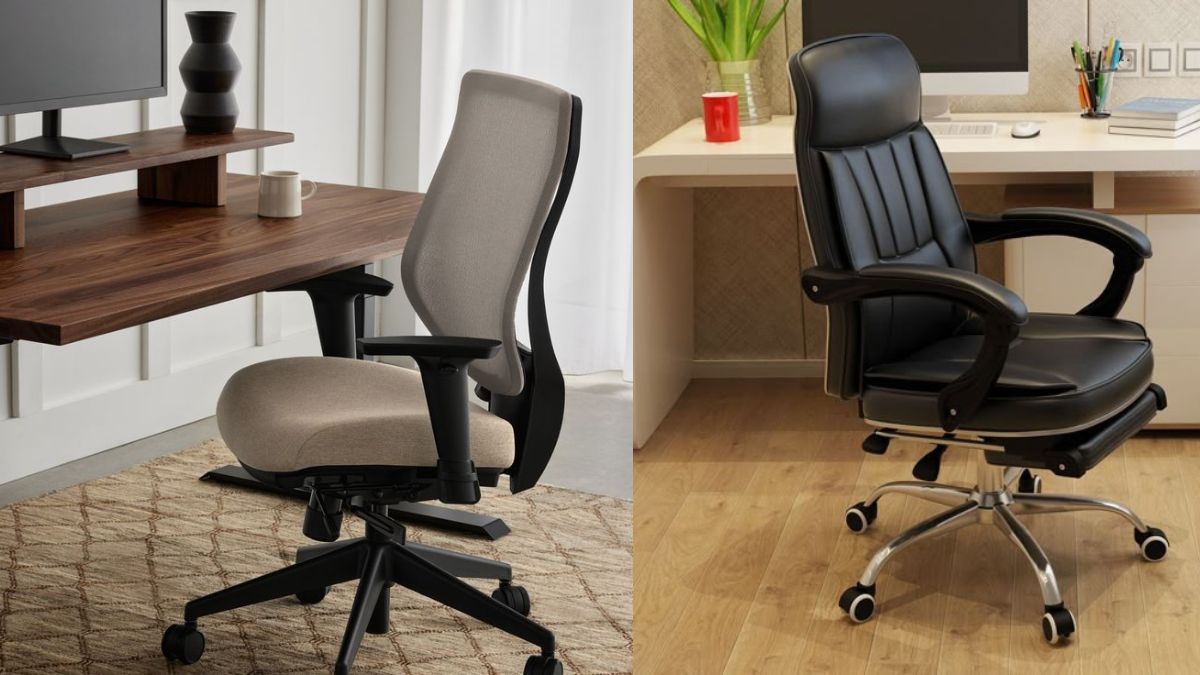When choosing windows for your home or business, it’s essential to consider not only aesthetics but also functionality. The right windows can enhance your building’s safety, energy efficiency, and overall comfort. This blog explores four types of windows based on their functionality to help you make informed decisions for your property.
1. Impact-Resistant Windows
Impact-resistant windows, also known as hurricane windows, are designed to withstand severe weather conditions, particularly hurricanes and storms. They feature laminated glass, which consists of two glass layers bonded together with a strong, clear interlayer, typically made of polyvinyl butyral (PVB). This construction allows the window to remain intact even if the glass is broken, reducing the risk of injury and property damage.
The primary advantage of impact windows is their ability to protect your home from high winds and flying debris. They are essential for homes in hurricane-prone areas and provide peace of mind by reducing the likelihood of window breakage. Additionally, impact window installation offers enhanced security against break-ins and help reduce external noise, making them a valuable addition to any property.
2. Energy-Efficient Windows
Energy-efficient windows are designed to minimize the transfer of heat into and out of a building, helping to maintain a consistent indoor temperature. These windows typically feature multiple panes of glass, low-emissivity (Low-E) coatings, and insulating gas fills between the panes, such as argon or krypton.
The primary benefit of energy efficient windows is their ability to reduce heating and cooling costs by improving thermal insulation. They help keep your home warmer in the winter and cooler in the summer, reducing the strain on your HVAC system and leading to significant energy savings. Additionally, these windows reduce condensation and provide better protection against UV rays, which can prevent fading of interior furnishings.
3. Casement Windows
Casement windows are hinged at the side and open outward, typically operated by a crank mechanism. They offer excellent ventilation and unobstructed views, making them a popular choice for areas where maximum airflow is desired, such as kitchens and bathrooms.
Casement windows are known for their energy efficiency because they provide a tight seal when closed, preventing air leakage. Their design allows for better ventilation compared to other window types, as they can be opened fully to capture side breezes.
4. Sliding Windows
Sliding windows, also known as gliding windows, consist of one or more panels that slide horizontally along tracks. They are often used in spaces where a wide view of the outside is desired, such as living rooms and bedrooms.
Sliding windows are easy to operate and provide a sleek, modern look. They offer a wide viewing area and can be opened partially or fully for ventilation, making them versatile for different needs. Because they don’t protrude outward, sliding windows are a good option for areas where an outward-opening window would be impractical.
Their simple design also means fewer moving parts, reducing the likelihood of mechanical issues over time. This leads to less repairs and more savings over time.











